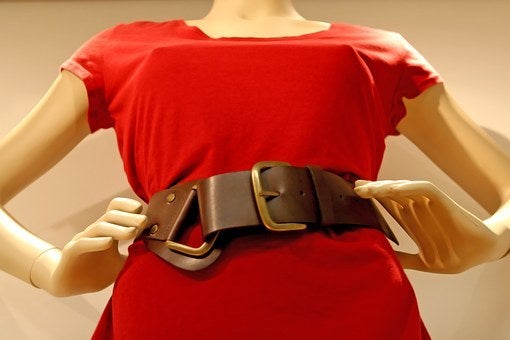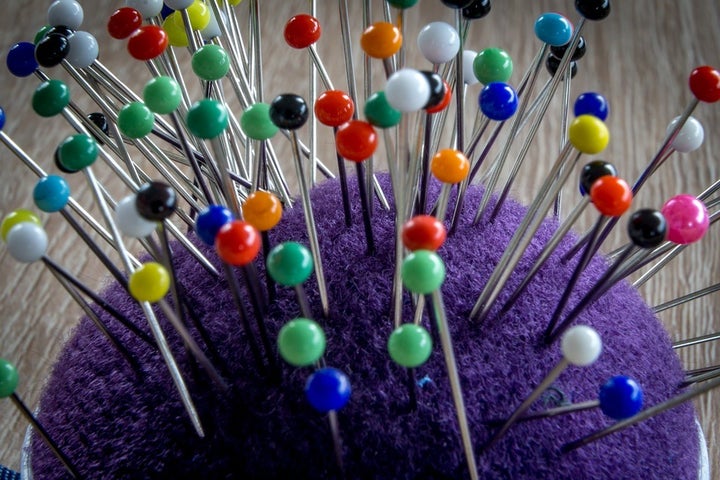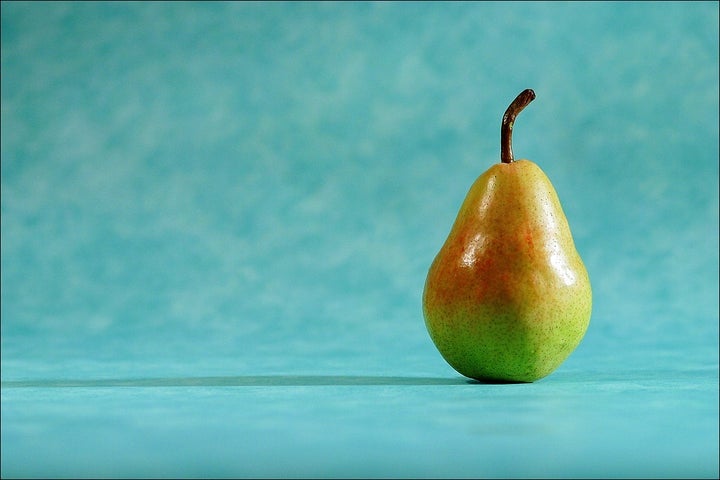In 2003, two years after my marriage ended, and with the most intense mourning over, I lost the weight I’d slowly gained during the ten-year relationship with my husband, all twenty-five pounds of it.
I’d always had difficulty buying clothes. Five to fifteen pounds overweight for the majority of my adult life, I’d blamed my “fit” issues on my weight. But after transforming from a size sixteen to a size ten, I faced a rude shock. I experienced as much difficulty finding clothes in my smaller size as I’d had at my larger, curvier one. The issue? I was short waisted and pear shaped. I’d read that when she was first lady, Nancy Reagan was a size four on the top and a size six on the bottom. The article explained that being pear shaped was a common issue for women. Our first lady had clothing issues too! I found solace in our common challenge, although I tackled mine in the racks at discount stores while Mrs. Reagan had the help of topnotch American clothing designers.

I’ve been chronically ill since I was nineteen. Out of necessity, I focused my energies primarily on optimizing my health and secondarily on achieving and maintaining a healthy weight. I always managed to be presentable. I may not have looked stylish, but I could pull outfits together when I needed to. However, if I planned to attend a special event, I might try on fifty or more dresses before I found one that fit or could be tailored to my proportions.

With a multitude of health issues, my hip to waist ratio barely ranked on my list of life problems. Managing a chronic illness is an exercise in frustration tolerance and fortitude. Anyone who lives with one knows it requires the serenity of a Nepalese monk to navigate medical and insurance systems while remaining calm. Recently I spent an hour and a half on the phone with the pharmaceutical company that manufactures my new medication. By the time the support person resolved my problem, I needed to take a nap. This was not an isolated incident. Managing my health needs is time consuming and demanding.
Given these demands, I didn’t pay much attention to my pear shape. That changed in my fifties when I was smitten with fashion and began to appreciate it as an art form. I started to push the boundaries of my appearance, which forced me to take a frank look at my big hips and short waist. It was time to face reality. Over several years, I learned how to work around my shape in order to dress the way I desired. Ultimately I decided reality wasn’t bad; it paled in comparison to my poor health. As I dressed with more flair, I came to think of my body as a classic pear, giving my shape dignity.

At my heaviest and sickest, I never disliked my body. In my early twenties—decades before body positivity and body shaming became part of our cultural parlance—I decided to embrace the former and reject the latter. I never felt embarrassed in a bathing suit and never had a problem being naked in front of lovers. Even when in pain, I’ve accepted the good with the bad and haven’t questioned why I have a body with so many issues.
Rather than fret over my shape, I choose to emulate Popeye, who declared, “I am what I am.” I’m able dress the way I want to, and I have a warm relationship with my tailor. I work around the challenges genetics gave me. And like Popeye, I don’t make excuses. I’m pear shaped and proud.
